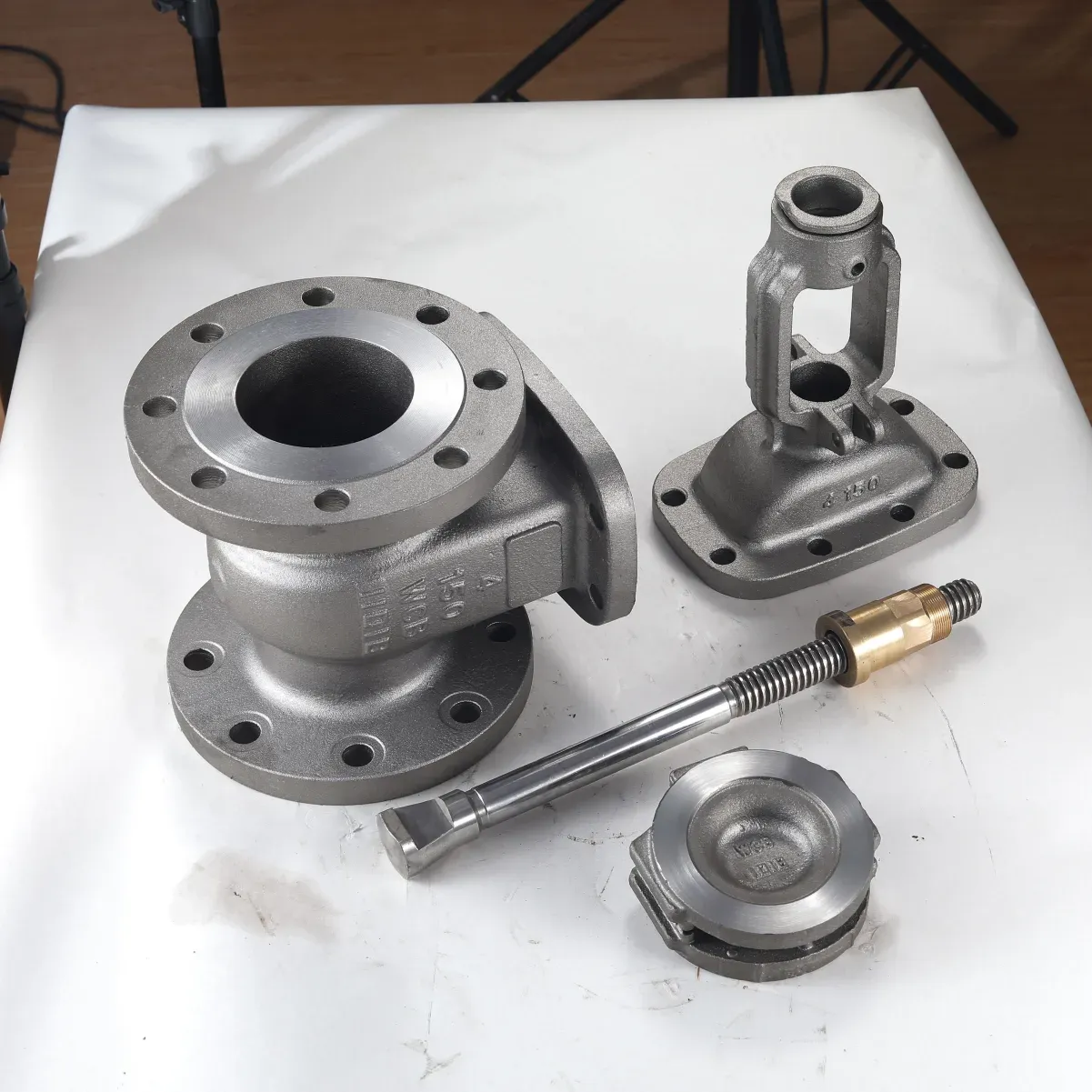flanged gate valve
Understanding Flanged Gate Valves Design, Function, and Applications
Flanged gate valves are a crucial component in various industrial and commercial applications, primarily used to control the flow of liquids and gases in pipelines. Unlike other types of valves, flanged gate valves are designed to provide a tight seal when closed and minimal resistance to flow when fully open. This article delves into the design features, operational mechanics, and diverse applications of flanged gate valves.
Design Features
Flanged gate valves are characterized by their flat, disc-like gate that moves vertically within the valve body to control flow. The term flanged refers to the two protruding edges at the ends of the valve body, which allow for secure attachment to the surrounding piping systems. The flanges have pre-drilled holes that align with those of the connecting pipelines, facilitating easy bolting and ensuring a robust connection.
The most common materials used in the construction of flanged gate valves include cast iron, stainless steel, and brass. The choice of material is largely influenced by the specific application and the properties of the fluid being transported, such as temperature, pressure, and chemical composition. Moreover, the seals and gaskets are typically made from materials like rubber or PTFE to ensure leak-tight performance.
Operating Mechanism
The operating mechanism of a flanged gate valve is straightforward yet effective. When the valve handle or actuator is turned, the gate moves downwards into the valve body, obstructing flow. Conversely, turning the handle in the opposite direction raises the gate, allowing fluid to flow freely through the pipeline. The design provides minimal turbulence and pressure drop when the valve is fully open, which is a significant advantage over other types of valves such as globe valves.
Moreover, flanged gate valves can be operated manually or through automated systems, depending on the requirements of the application
. Automated gate valves often utilize electric, pneumatic, or hydraulic actuators, which enhance operational efficiency—especially in large and complex systems.Applications
flanged gate valve

Flanged gate valves are used across a wide range of industries due to their reliable performance and durability. Some common applications include
1. Water and Wastewater Management In municipal water supply and treatment facilities, flanged gate valves are employed to control the flow of water and sewage. Their ability to provide a tight seal ensures that there are no leaks in critical infrastructure.
2. Oil and Gas Industry These valves are essential in oil and gas pipelines, where they help manage the flow of crude oil, natural gas, and refined products. Given the high pressures involved, the robust construction of flanged gate valves suits the demanding conditions of this sector.
3. Power Plants In the energy sector, flanged gate valves are used in cooling systems and steam lines. Their ability to handle high temperatures and pressures makes them suitable for controlling flow in various processes.
4. Chemical Processing Flanged gate valves are often implemented in chemical plants where the transport of corrosive substances is required. The selection of appropriate materials helps combat chemical wear and tear, ensuring safe and efficient operations.
5. HVAC Systems In heating, ventilation, and air conditioning (HVAC) systems, these valves help regulate water flow, ensuring that temperature controls are maintained efficiently within buildings.
Conclusion
Flanged gate valves play an integral role in modern industrial infrastructure, providing a reliable method for controlling fluid flow across various sectors. Their distinct design features, operational simplicity, and versatile applications contribute to their popularity. As industries continue to evolve and seek efficient flow control solutions, the relevance of flanged gate valves is likely to endure, ensuring they remain a staple component in engineering and utility management for years to come.
In summary, the functional benefits of flanged gate valves, combined with their robust construction and versatility, solidify their position as a fundamental element in pipeline systems worldwide. Understanding their design and applications not only enhances operational efficiency but also contributes to the overall safety and reliability of fluid transport systems.
-
The Key to Fluid Control: Exploring the Advantages of Ball Valves in Industrial SystemsNewsJul.09,2025
-
The Versatile World of 1, 2, and 3 Piece Ball ValvesNewsJul.09,2025
-
Stainless Steel Ball Valves: The Ideal Choice for Efficient Flow ControlNewsJul.09,2025
-
Optimizing Fluid Control with Ball Float ValvesNewsJul.09,2025
-
Manual Gate Valves: Essential for Control and EfficiencyNewsJul.09,2025
-
Everything You Need to Know About Butterfly ValvesNewsJul.09,2025
-
The Versatility of Wafer Type Butterfly ValvesNewsJul.08,2025




